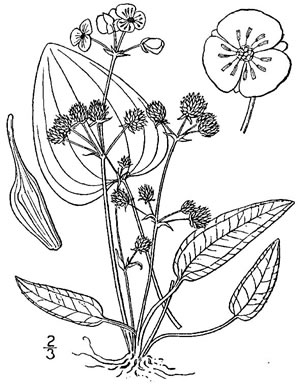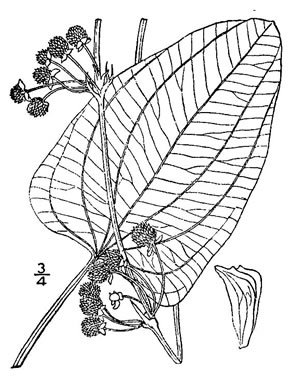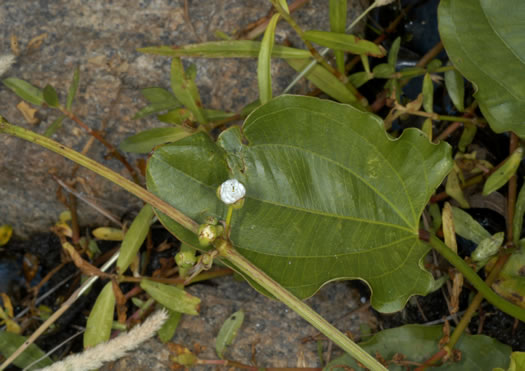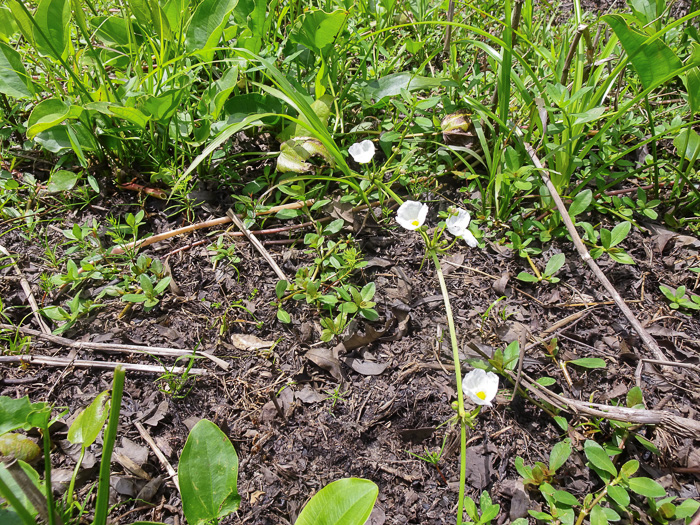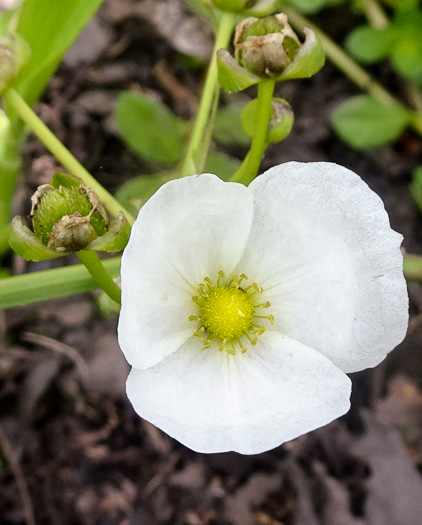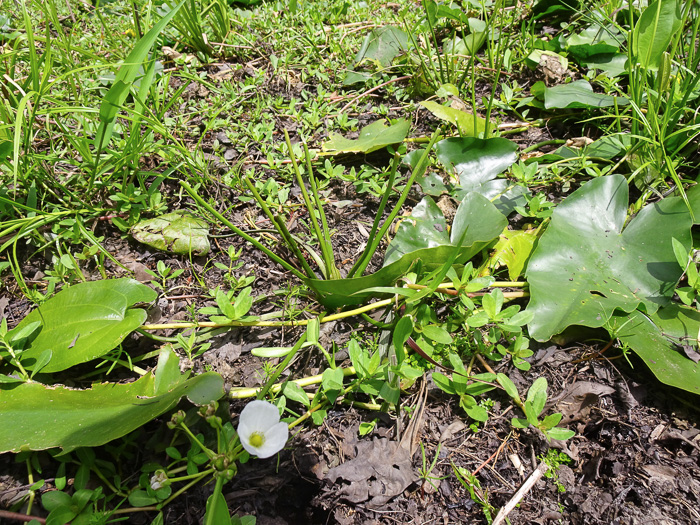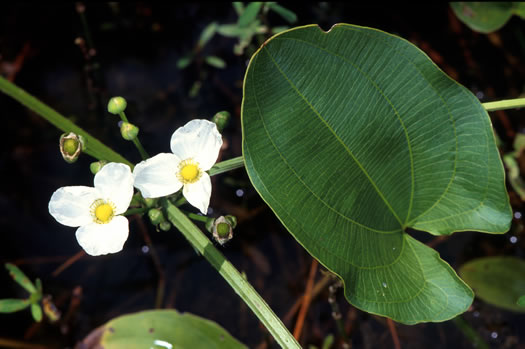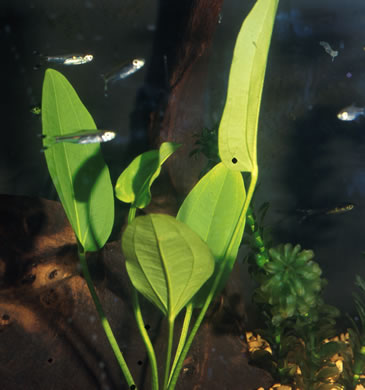Spermatophytes (seed plants): Angiosperms (flowering plants): Monocots: Alismatales
WEAKLEY'S FLORA OF THE SOUTHEASTERN US (4/24/22):
Echinodorus cordifolius
FAMILY
Alismataceae
Go to FSUS key
Dig deeper at SERNEC, a consortium of southeastern herbaria.
Learn more about Echinodorus from the Vascular Plants of North Carolina.
SYNONYMOUS WITH
PLANTS NATIONAL DATABASE:
Echinodorus cordifolius
FAMILY
Alismataceae
SYNONYMOUS WITH Floristic Synthesis of North America. BONAP (Kartesz, 2021)
Echinodorus cordifolius
INCLUDING Flora of North America
Echinodorus cordifolius ssp. cordifolius
SYNONYMOUS WITH VASCULAR FLORA OF THE CAROLINAS (Radford, Ahles, & Bell, 1968) 027-02-001:
Echinodorus cordifolius FAMILY Alismataceae
SYNONYMOUS WITH Manual of the Southeastern Flora (Small, 1933, 1938)
Echinodorus radicans
COMMON NAME:
Creeping Burhead, Creeping Water-plantain
To see larger pictures, click or hover over the thumbnails.
Patrick D. McMillan pdmecordifolius_moultrie
May Berkeley County SC
Lake Moultrie
Leaves multimorphic, plants with differently shaped emersed, submersed, or floating leaves, per Weakley's Flora (2022).
Dan Whitten sdw_echinodorus2
May Georgetown County SC
Flower scapes at maturity arching & rooting down (vs. E. berteroi & grandiflorus rigidly erect), per Weakley's Flora (2022).
Dan Whitten sdw_echinodorus3
May Georgetown County SC
Flowers 1" w 3 spreading rounded petals, 3 sepals, & a central compound ovary ringed by stamens, per Weakley's Flora (2022).
Dan Whitten sdw_ecordifolius
May Georgetown County SC
Basal leaves with long petioles & heart-shaped blades 1.2-6" wide, 2-8" long, per Wildflowers of Tennessee (Carman, 2005).
Patrick D. McMillan pdme_cordifolius
Month Unknown
Flowers on slender 1" pedicels, in whorls of 5-15 at widely-spaced nodes, per Wildflowers of Tennessee (Carman, 2005).
Patrick D. McMillan pdmecordifolius_2
Month Unknown
Leaves clustered, erect and rising above water surface on long, 3-sided petioles, per Wildflowers of the Atlantic Southeast (Cotterman, Waitt, & Weakley, 2019).
WEAKLEY'S FLORA OF THE SOUTHEASTERN US (4/24/22):
Echinodorus cordifolius
FAMILY
Alismataceae
SYNONYMOUS WITH
PLANTS NATIONAL DATABASE:
Echinodorus cordifolius
FAMILY
Alismataceae
SYNONYMOUS WITH
Floristic Synthesis of North America. BONAP (Kartesz, 2021)
Echinodorus cordifolius
INCLUDING
Flora of North America
Echinodorus cordifolius ssp. cordifolius
SYNONYMOUS WITH
VASCULAR FLORA OF THE CAROLINAS (Radford, Ahles, & Bell, 1968) 027-02-001:
Echinodorus cordifolius
FAMILY
Alismataceae
SYNONYMOUS WITH
Manual of the Southeastern Flora (Small, 1933, 1938)
Echinodorus radicans
If a search such as "Carex leptalea var. leptalea" doesn't deliver the results you want, try "Carex leptalea".
Or, to minimize chances of a misspelling, try just "Carex le".
Less is more: If "pencil flower" doesn't deliver the results you want, try "pencil".

